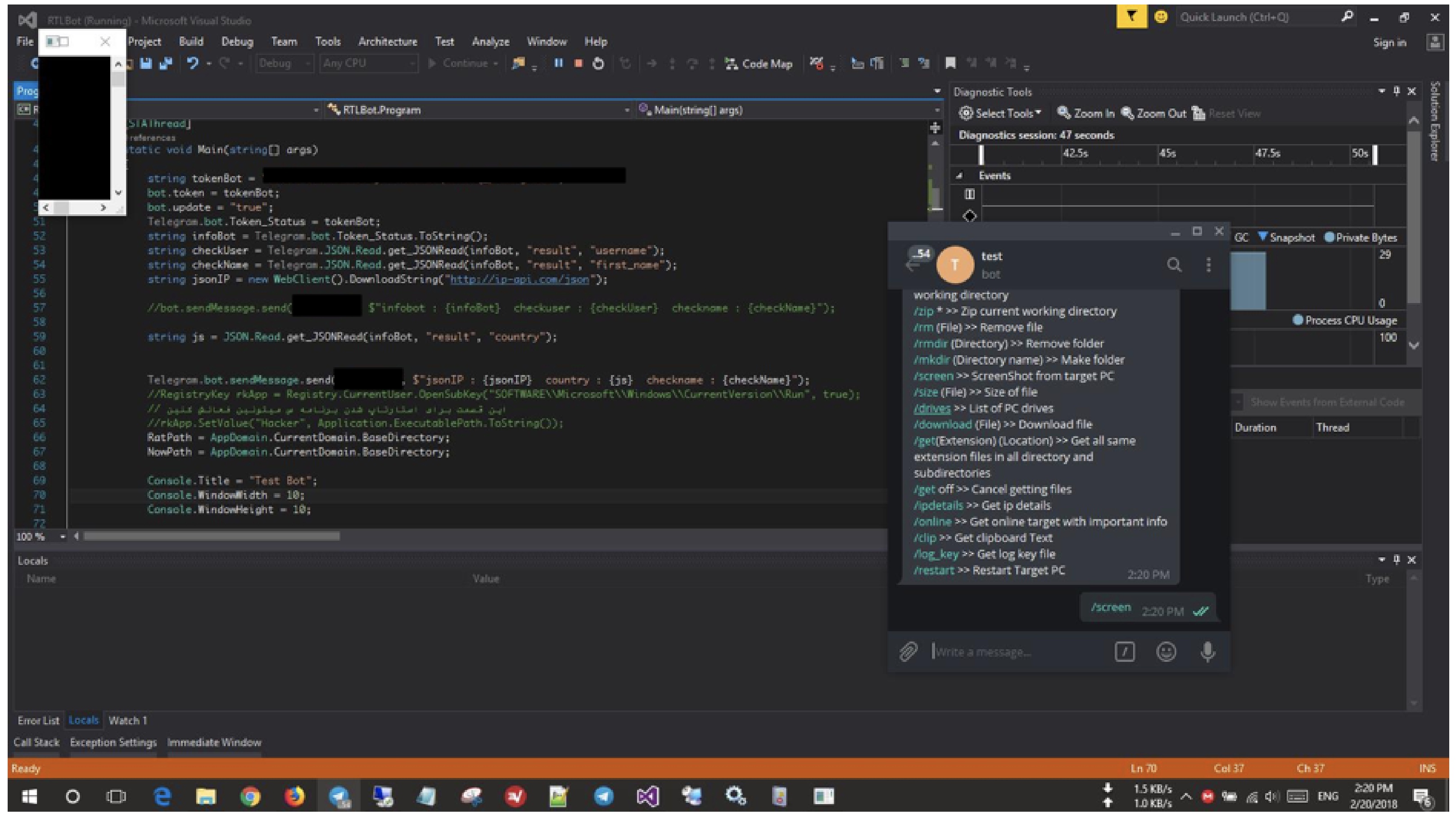
The pretexter asks questions that are ostensibly required to confirm the victim’s identity, through which they gather important personal data.Īll sorts of pertinent information and records is gathered using this scam, such as social security numbers, personal addresses and phone numbers, phone records, staff vacation dates, bank records and even security information related to a physical plant. The attacker usually starts by establishing trust with their victim by impersonating co-workers, police, bank and tax officials, or other persons who have right-to-know authority. The scam is often initiated by a perpetrator pretending to need sensitive information from a victim so as to perform a critical task.
Forms to go malware series#
Here an attacker obtains information through a series of cleverly crafted lies. Scareware is also distributed via spam email that doles out bogus warnings, or makes offers for users to buy worthless/harmful services.
Forms to go malware install#
Scareware is also referred to as deception software, rogue scanner software and fraudware.Ī common scareware example is the legitimate-looking popup banners appearing in your browser while surfing the web, displaying such text such as, “Your computer may be infected with harmful spyware programs.” It either offers to install the tool (often malware-infected) for you, or will direct you to a malicious site where your computer becomes infected. Users are deceived to think their system is infected with malware, prompting them to install software that has no real benefit (other than for the perpetrator) or is malware itself. Scareware involves victims being bombarded with false alarms and fictitious threats.
Forms to go malware download#
Online forms of baiting consist of enticing ads that lead to malicious sites or that encourage users to download a malware-infected application. Victims pick up the bait out of curiosity and insert it into a work or home computer, resulting in automatic malware installation on the system.īaiting scams don’t necessarily have to be carried out in the physical world. The bait has an authentic look to it, such as a label presenting it as the company’s payroll list. For example, attackers leave the bait-typically malware-infected flash drives-in conspicuous areas where potential victims are certain to see them (e.g., bathrooms, elevators, the parking lot of a targeted company). The most reviled form of baiting uses physical media to disperse malware. They lure users into a trap that steals their personal information or inflicts their systems with malware. BaitingĪs its name implies, baiting attacks use a false promise to pique a victim’s greed or curiosity. The following are the five most common forms of digital social engineering assaults. Social engineering attacks come in many different forms and can be performed anywhere where human interaction is involved.


Mistakes made by legitimate users are much less predictable, making them harder to identify and thwart than a malware-based intrusion. What makes social engineering especially dangerous is that it relies on human error, rather than vulnerabilities in software and operating systems.


 0 kommentar(er)
0 kommentar(er)
